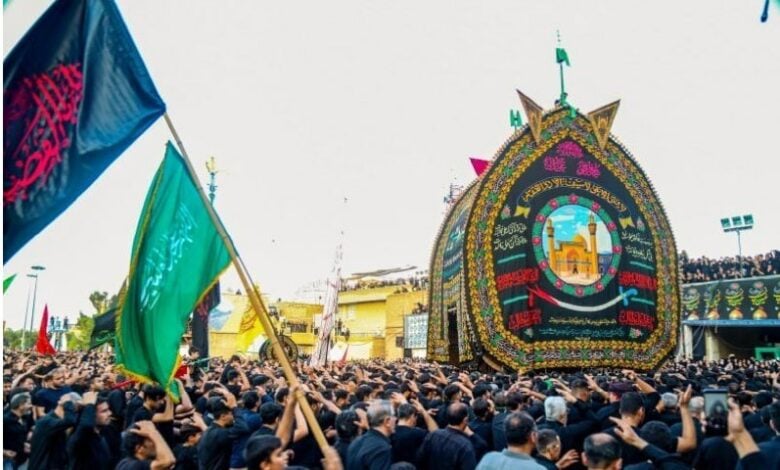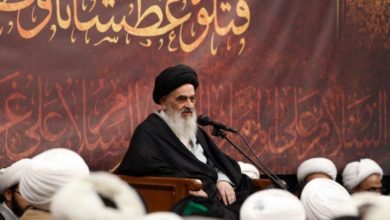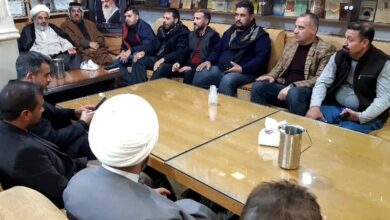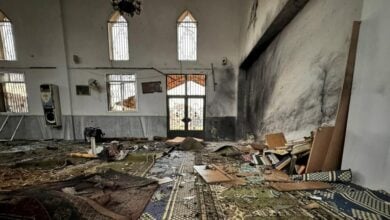Iran’s Muharram Rituals Showcase Deep Faith and Rich Cultural Heritage

Iran’s Muharram Rituals Showcase Deep Faith and Rich Cultural Heritage
—————————————
During the month of Muharram, Iran transformed into a vibrant stage of faith, culture, and remembrance, showcasing diverse mourning rituals dedicated to the martyrdom of Imam Hussein (peace be upon him). These ceremonies, deeply rooted in regional customs, reach their emotional peak on the ninth and tenth days—Tasu’a and Ashura—commemorating the Battle of Karbala in 680 CE.
In Khorramabad, mourners participate in the intense “Gel Mali” mud-rubbing ceremony, symbolizing humility and sorrow. Tabriz hosts the rhythmic “Shah Hussein” chant procession, where mourners link hands and move in solidarity. Zanjan, known as the “Capital of Husayni Passion,” features grand processions with thousands chanting in the Azerbaijani language.
Yazd’s Nakhl-Bardari ritual showcases a massive wooden palm structure carried through the streets, symbolizing Imam Hussein’s funeral procession. The city also stages passion plays (Ta’ziyeh) and unique water-carrier processions. Tafresh, famous for its Ta’ziyeh performances, offers dramatic reenactments of Imam Hussein’s martyrdom, blending poetry and emotion.
In the historic village of Abyaneh, mourning rituals are performed in traditional attire, combining spiritual reverence with cultural heritage. Despite regional variations, all rituals share a common theme of unity, sacrifice, and devotion, making Muharram in Iran a profound cultural and spiritual experience for visitors and locals alike.






